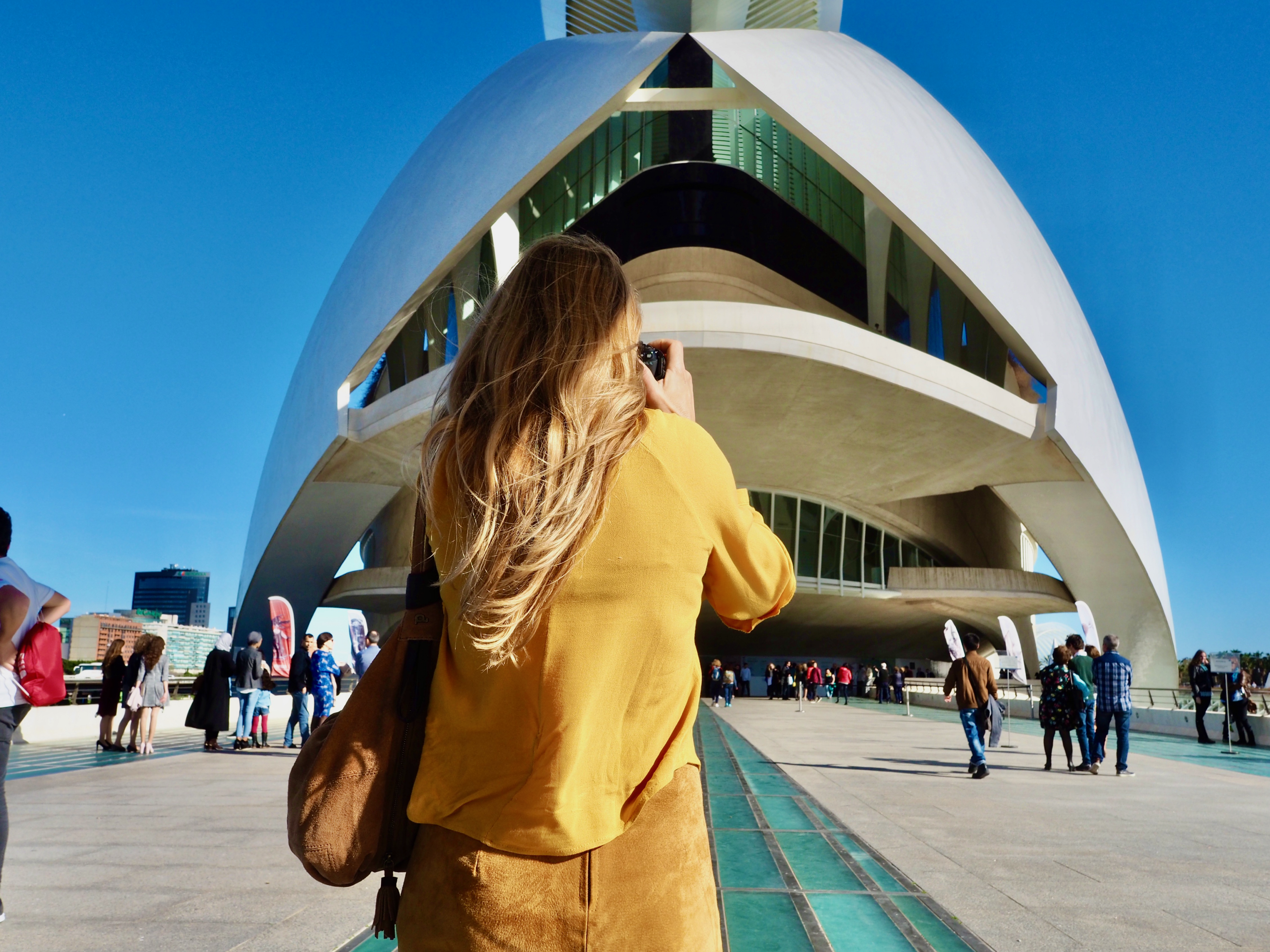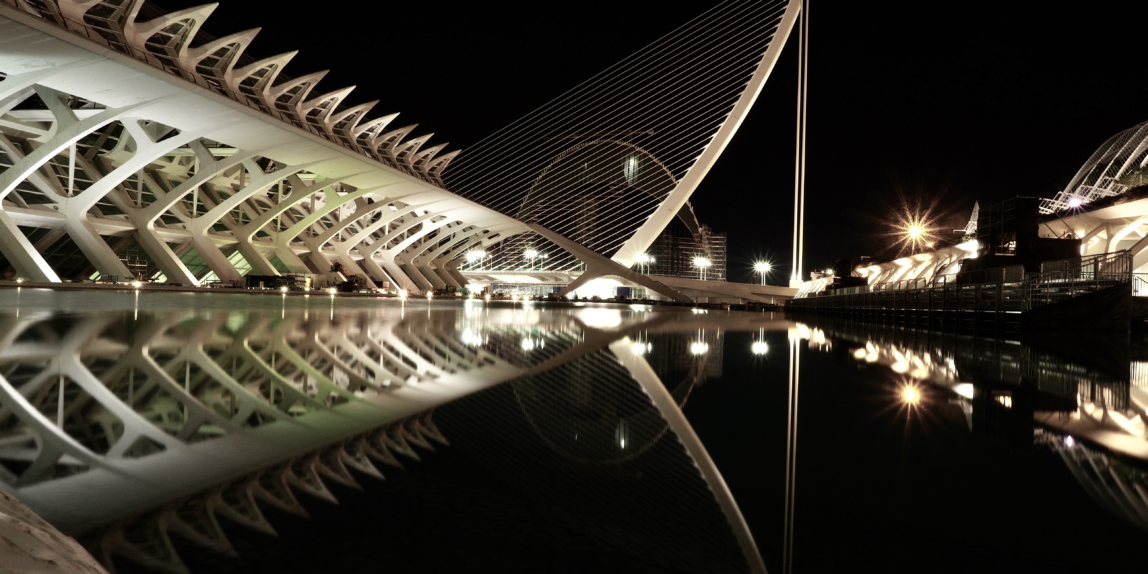Santiago Calatrava is a Spanish architect and engineer who is renowned for his innovative and sculptural designs that blend art, architecture, and engineering. His work is characterized by a distinctive style that features organic forms, bold lines, and the use of materials such as concrete, steel, and glass. Calatrava's architecture is often inspired by natural forms and elements, such as the human body, birds in flight, and the movement of water. He is known for creating dynamic and fluid spaces that capture the imagination and push the boundaries of traditional architecture. One of Calatrava's signature design elements is the use of white, which he uses to create a sense of lightness and purity in his structures. He also incorporates a great deal of natural light into his designs, creating spaces that are airy and uplifting. Calatrava's most famous works include the City of Arts and Sciences complex in Valencia, Spain, the Milwaukee Art Museum in Wisconsin, USA, the Turning Torso tower in Malmo, Sweden, and the World Trade Center Transportation Hub in New York City, USA. In addition to his architectural designs, Calatrava has also designed bridges, sculptures, and other public art installations. He has won numerous awards and accolades for his work, including the Pritzker Architecture Prize in 1999, which is considered one of the most prestigious awards in the field of architecture.
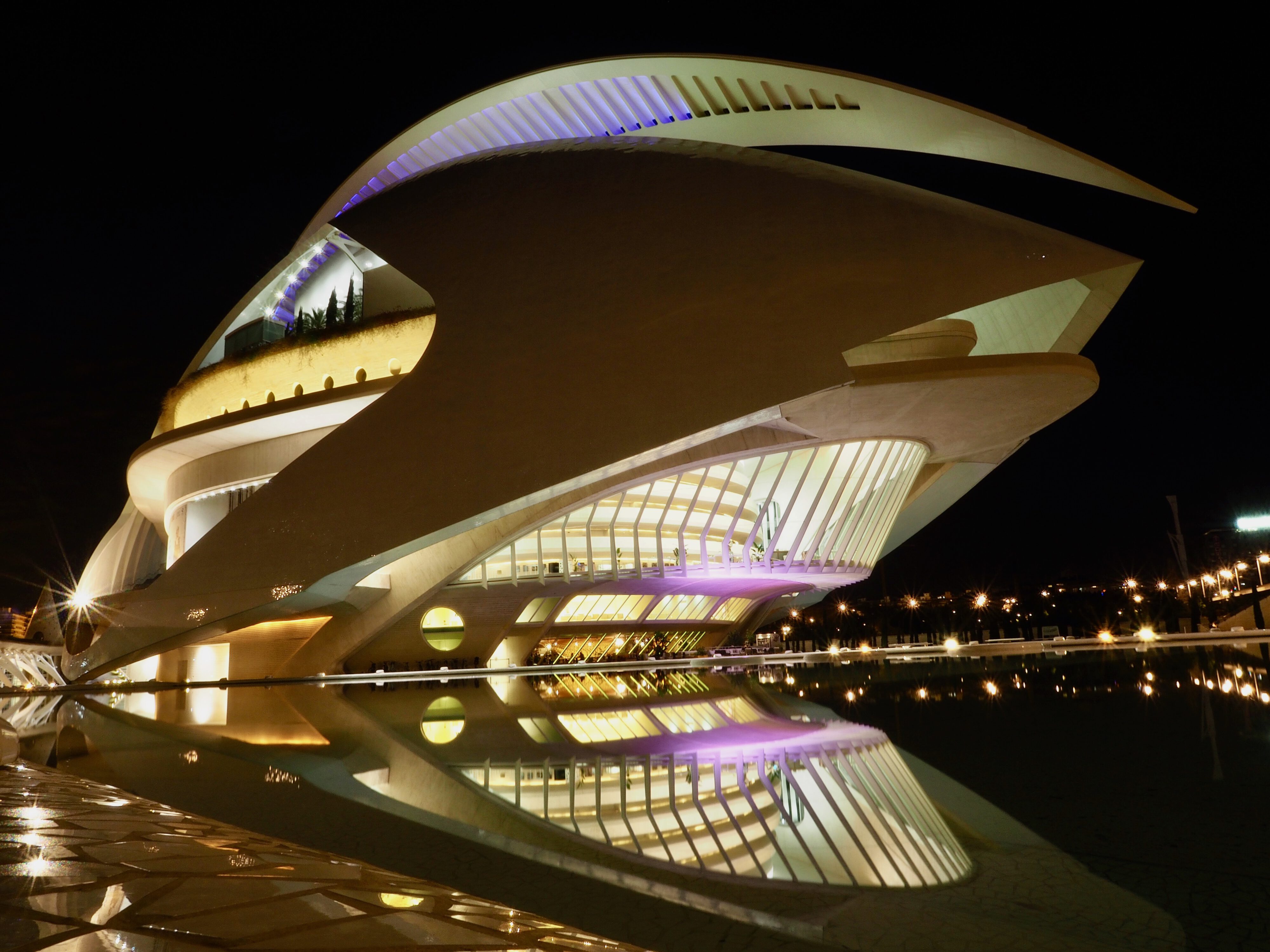
The Ciutat de les Arts i les Ciències, also known as the City of Arts and Sciences, is a modern architectural complex located in Valencia, Spain. It was designed by the internationally renowned Valencian architect Santiago Calatrava and opened in 1998.
The complex consists of several large structures, including the Hemisfèric, an IMAX cinema, planetarium, and laserium; the Science Museum, an interactive museum of science; the Palau de les Arts Reina Sofía, an opera house and performing arts center; the Oceanogràfic, the largest aquarium in Europe; the Ágora, a versatile space for concerts and exhibitions; and the Umbracle, an open-air garden and observation deck.

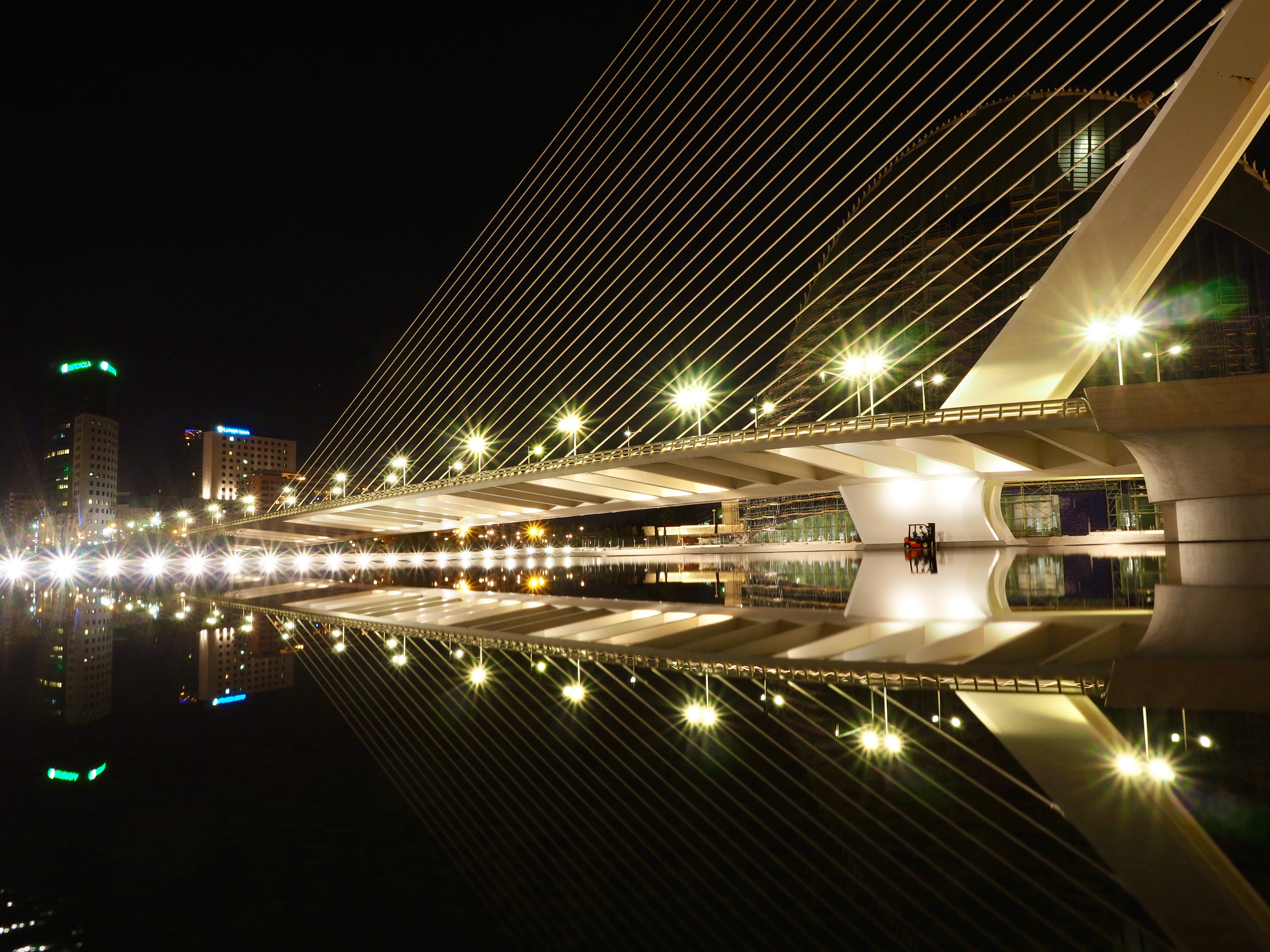
The architectural style of the complex is characterized by its futuristic and organic forms, inspired by natural elements such as the ocean, the human eye, and the skeleton of a whale. The buildings are made of concrete, steel, and glass, and feature white, curved shapes that give them a sense of lightness and movement.
One of the most iconic structures in the complex is the Palau de les Arts Reina Sofía, which resembles a giant white ship and features a large glass dome that serves as a skylight for the main auditorium. Another notable feature is the Umbracle, which is a landscaped walkway with a series of arches that create a shaded promenade with stunning views of the city and the surrounding gardens.

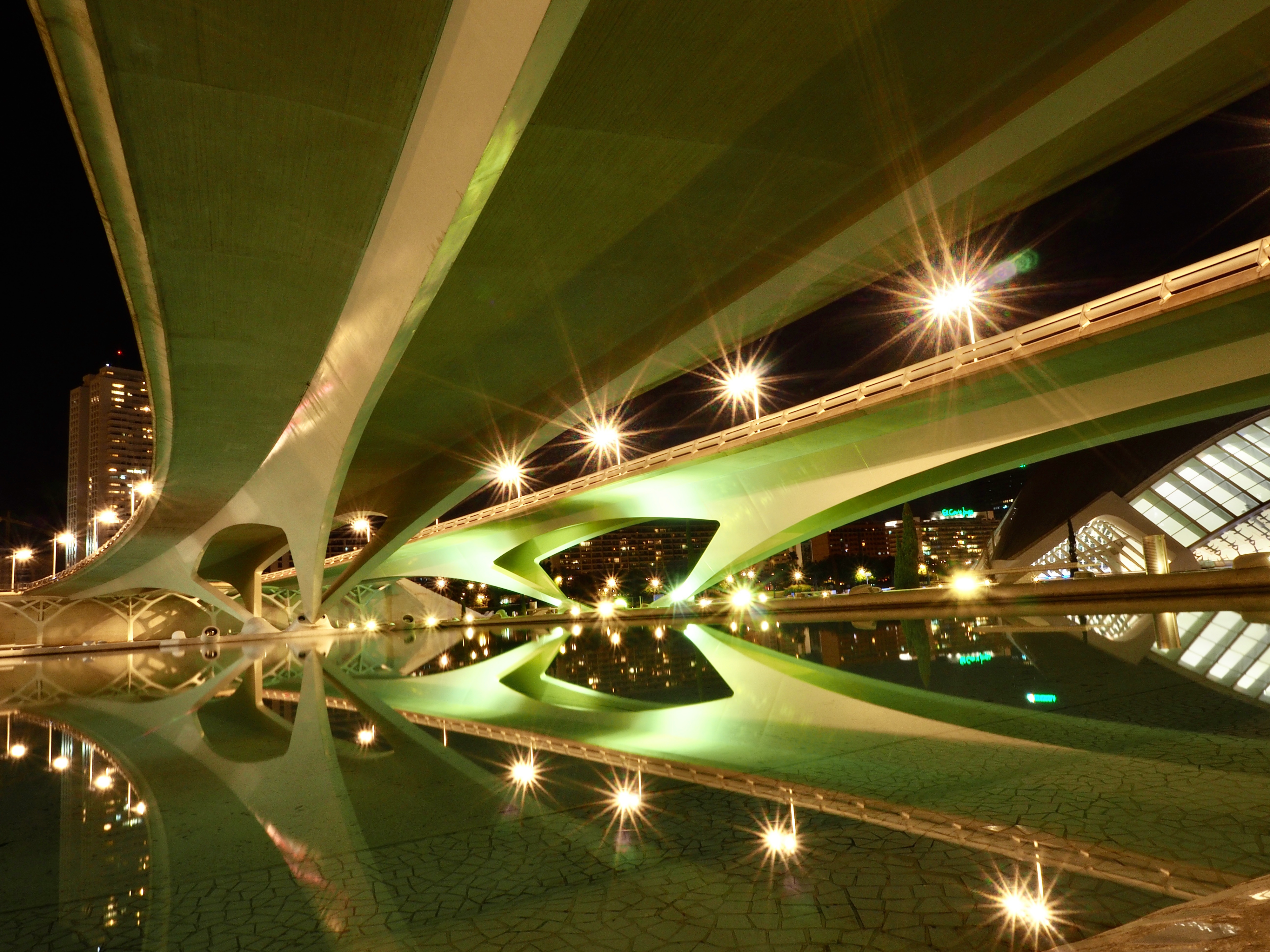
Overall, the architecture of the Ciutat de les Arts i les Ciències is a unique and impressive blend of art and science, designed to provide visitors with a one-of-a-kind experience that combines education, entertainment, and cultural enrichment.
The Palau de les Arts Reina Sofía is one of the most striking buildings in the City of Arts and Sciences complex.
The building’s most prominent feature is its dramatic roof, which resembles a ship’s hull and is made of white concrete and glass. The roof is supported by a series of curved steel arches that give the building a sense of lightness and movement.
